You may be finding it difficult to start your car after driving through water and feel unsure about what to do to solve the problem. Fortunately, we have consulted experts in this field, and here is what they have to say.
Here are things you should do if your car refuses to start after driving through water:
- Check your car's interior.
- Check your air filter.
- Check the fluids.
- Check the underside.
- Check the brakes and suspension joints.
It is not advisable to drive through water if the level reaches the height of your tires. Keep reading to get detailed information on things to do when your car fails to start after driving through water
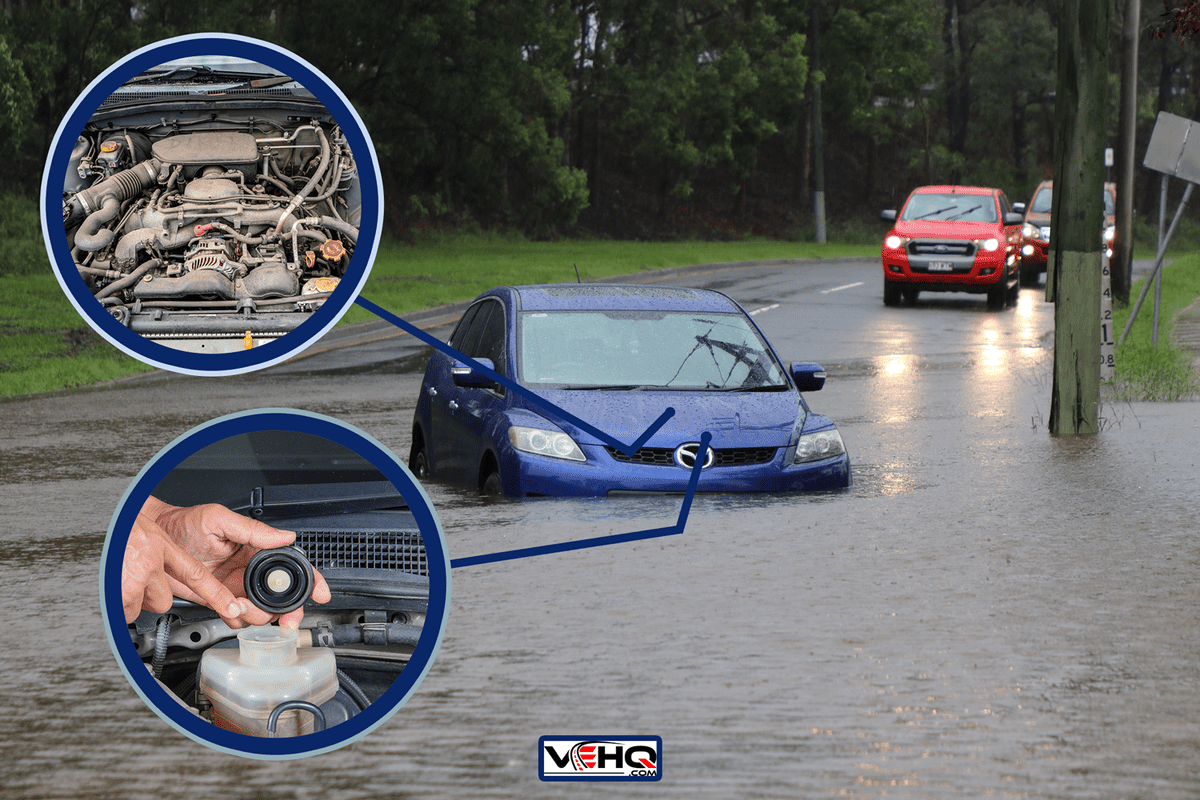
What Should I Do If My Car Doesn't Start After Driving Through Water?
Driving through water can be dangerous, especially if the water is deep. It can carry away your car or even damage the engine. Also, there might be something in the water that could damage your car.
Some cars may continue to function after driving through water, but many will fail to start. If you find yourself in this kind of situation, here are things to do to get your car running again:
Check Your Car's Interior
When you drive through water, the water can make its way into the cabin. This may damage the interior of your car. Make sure to check the carpet and the floor level components to see if they're damp.
If the inside of your car is soaked with water, you will need do suck the water out using a wet or wet-dry vacuum. You can also use a car vacuum cleaner that can change to a blower since the blower can make your vehicle dry faster. Alternatively, you can absorb the water using towels or cloth.
You should also remove the carpet in your car and replace it with a dry one. After this, move the water out through the drain holes on the floor and ventilate the inside of your car.
After removing the water, you should leave your windows and doors open so air and sunlight can help dry the car. You can also get a standing or table fan and position it inside your car. You should remove your seats and let them dry before putting them back—they will dry faster.
Check Your Air Filter
Check your air filter to see if it is wet or has any signs of dampness. If so, get a replacement. You might also need to replace the engine oil.
Check Your Fluids
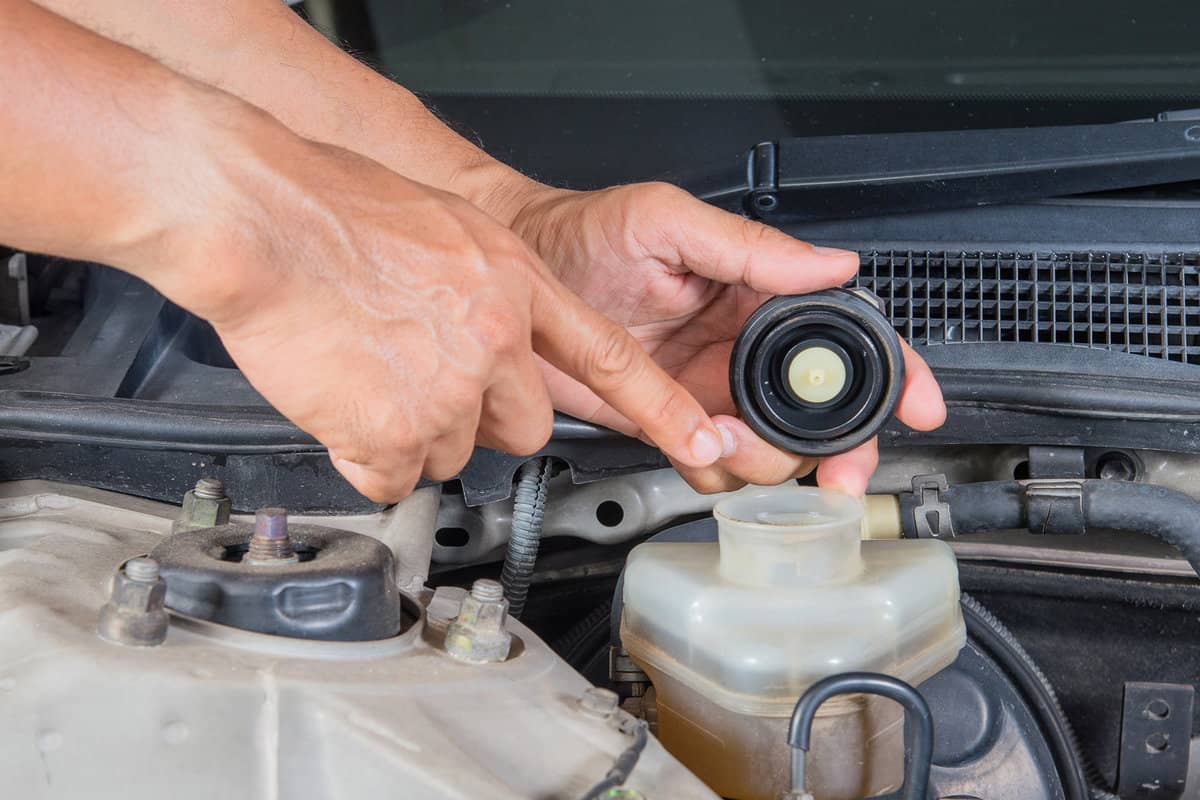
In the process of driving through water, the water can enter the engine compartment and contaminate your fluids, including the differential fluids, engine oil, and transmission oil.
Get a dipstick and check the condition of the fluids. You will know they are contaminated if they look diluted, discolored, or milky. You should have your car checked by an expert because contaminated fluid can cause damage to the engine.
Check The Underside Of Your Vehicle
Make sure to check the underside of your car for debris, mud, and grass. You should also check the engine compartment, bumpers, and undercarriage.
Check The Suspension And Brake Joints
While driving through water, dirt can make its way into the components of the brakes, and this will affect the performance of your car.
When these checks have been done, you should check your lights. Also, make sure all damaged components are replaced if they cannot be repaired.
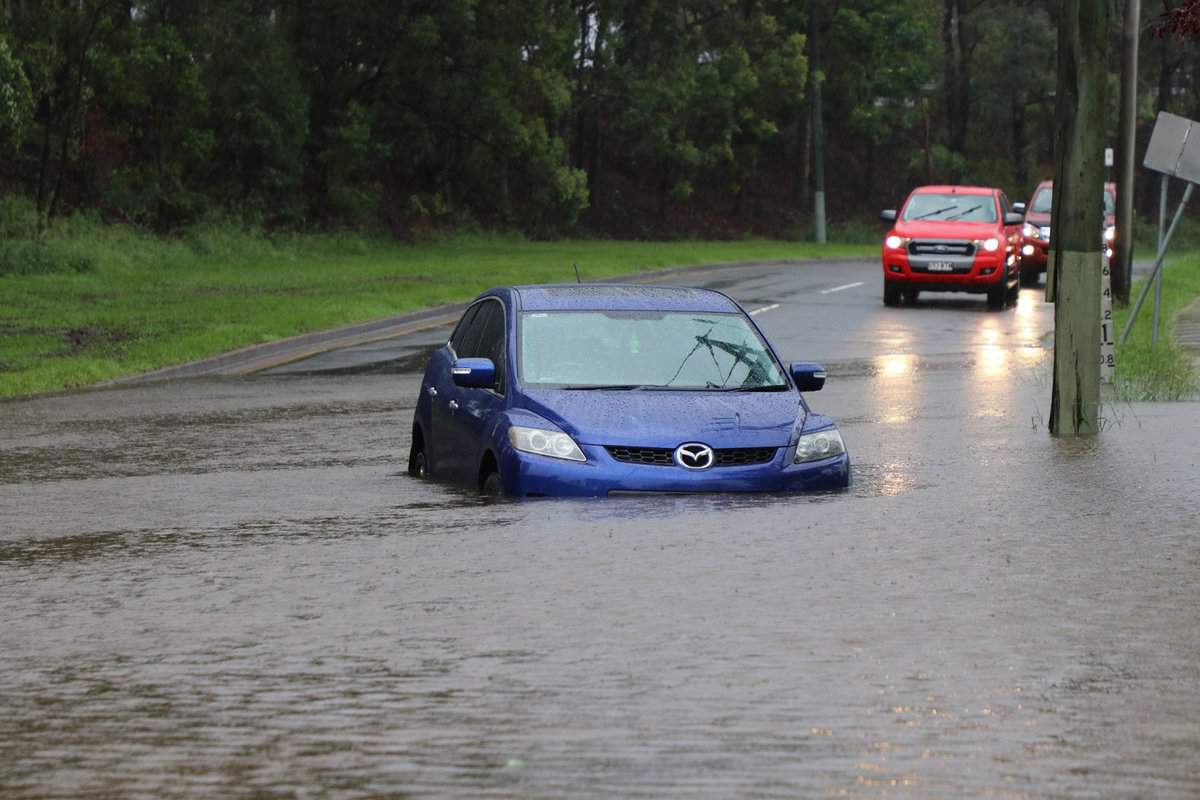
How Do You Unflood An Engine With Water?
If your engine is flooded with water, the chances are that your fuel system has excess water. You can siphon some gas out from the bottom of the tank. If you notice a mixture of water and oil when checking the siphoned fuel, you should consider draining the vehicle's fuel system.
At this point, you can't start or drive your car to use up the fuel, so you will need to drain the tank. Here is how you can drain your tank:
Siphon Tube Method
Insert the siphon pump's tube into your gas tank. To do this, open the fuel filler door and then take off the cap. Then insert one end of the tube through the filler neck. Do this until it gets to the lowest portion of the tank.
If your vehicle comes with a metal door that may prevent the tube from feeding into the tank, gently open the door with a screwdriver . Keep pushing the tubing down. After that, clean off any spilled oil with a rag.
Next, pump the fuel. To do this, feed the other end of the tube into the tank and pump the hand pump for the fuel to move to the tube. Keep pumping until the fuel is fully drained or you notice that the fuel has started moving through the siphon pump’s tube. Make sure to get rid of the pumped fuel properly. Contacting a waste disposing center is your best bet.
How Long Does It Take For A Car Engine To Dry Out?
There is no doubt that the presence of water can damage the engine of your car. This is why it is important to dry out the engine once it is out of the water. When you drive through water and your engine is flooded, the best thing to do is to give your engine time to get back to normal.
Simply open the bonnet of your car and let the engine dry for about 20 minutes. After that, you can start your car again, but don't press your gas pedal this time around.
How Much Does It Cost To Fix A Flooded Engine?
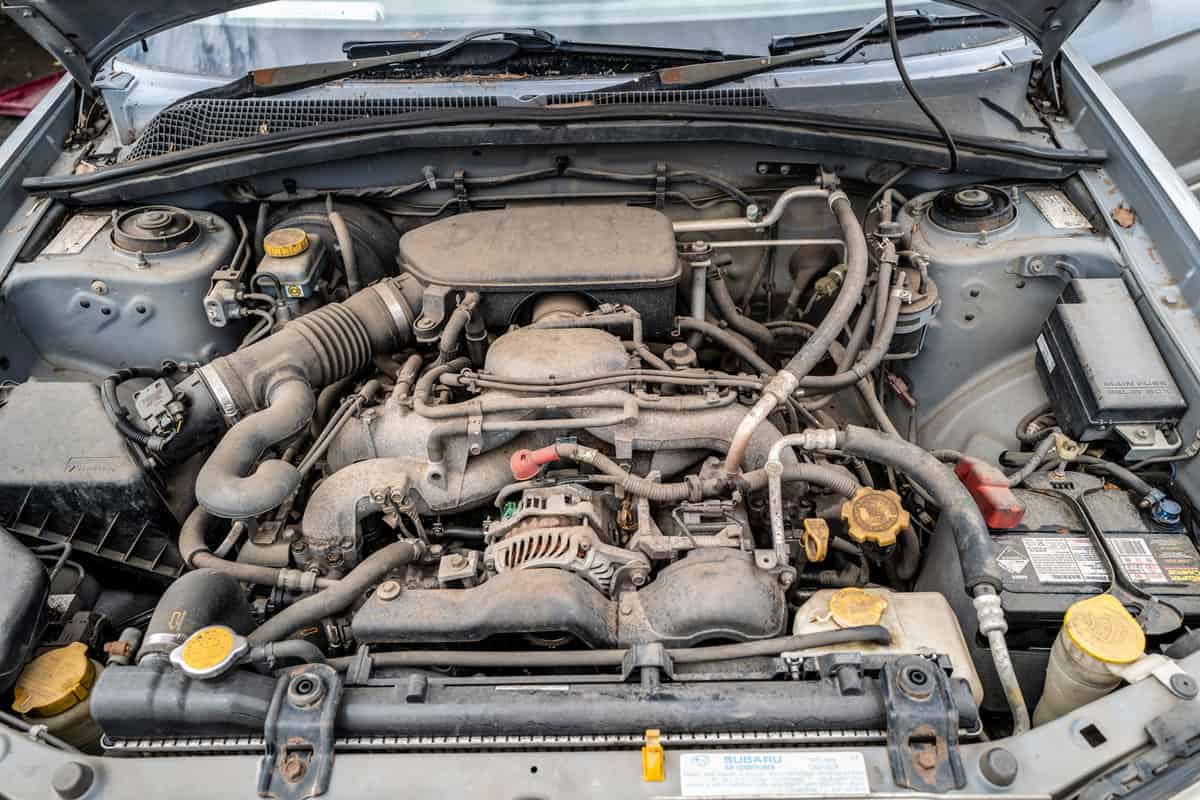
Repairing a car's interior after it has been driven through deep water is not too expensive, but when it comes to the engine, things gets more complicated.
You may spend $20 to repair some parts, excluding the engine. This is because you can do most of the tasks involved such as drying out the vehicle's interior. But you might spend $3000 to $8000 trying to solve the problem of a flooded engine. The price may vary depending on the technician.
Can You Jump-Start A Water-Flooded Engine?
When your car has been driven through deep water, you may need to drain the oil and transmission fluid before moving the car. The earlier you start the recovery process, the earlier you can get your car running again. However, it is not advisable to jump-start a water-flooded engine until you are sure that the engine has been drained.
Can Driving Through Water Damage Your Starter?
Starters are reliable and can be used for a long time. If it happens that you have driven through deep water, your car may fail to start even when there's nothing wrong with the battery.
Your starter can be damaged when you drive through water. When the starter is wet, it can't start the engine.
If this happens, you need to check the cables and connections. The water can cause damage to the engine of your vehicle if it is sucked up through the intake of air. Also, note that having too much water in the cylinder can lead to a hydrostatic lock.
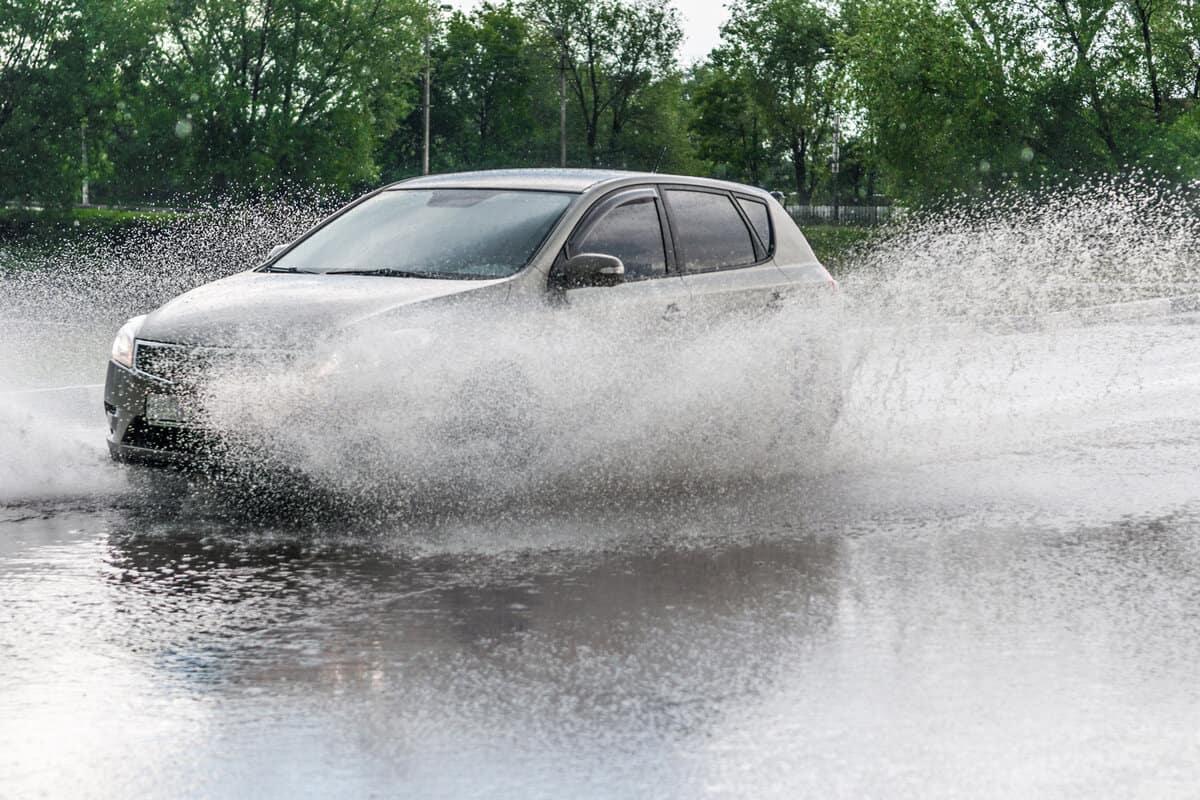
What Water Level Can Damage An Engine?
If you drive through as little as six inches of water, your engine can get damaged. The damage will be more severe if the water level is higher than that.
Water almost one foot deep can make a car float, and two feet of water can sweep most vehicles away. The case worsens if there is no visibility during flooding, which may cause cars to go off the road. Removing the water from the fuel tank is very important so as not to cause the engine to malfunction.
To Wrap Up
You should avoid driving through water, since it can cause damage to your engine. Whenever you notice that your car is not starting after driving through water, you should check your car's interior, fluids, air filter, and underside. You should contact a professional for complex repairs.
If you enjoyed reading this post, here are similar articles you may like:
What Happens If you put Water In Your Car Oil?
Are Car Keys Waterproof [and What to Do When They Get Wet]
Are Car Engines Waterproof? [A Look At Gas And Diesel Engines]
